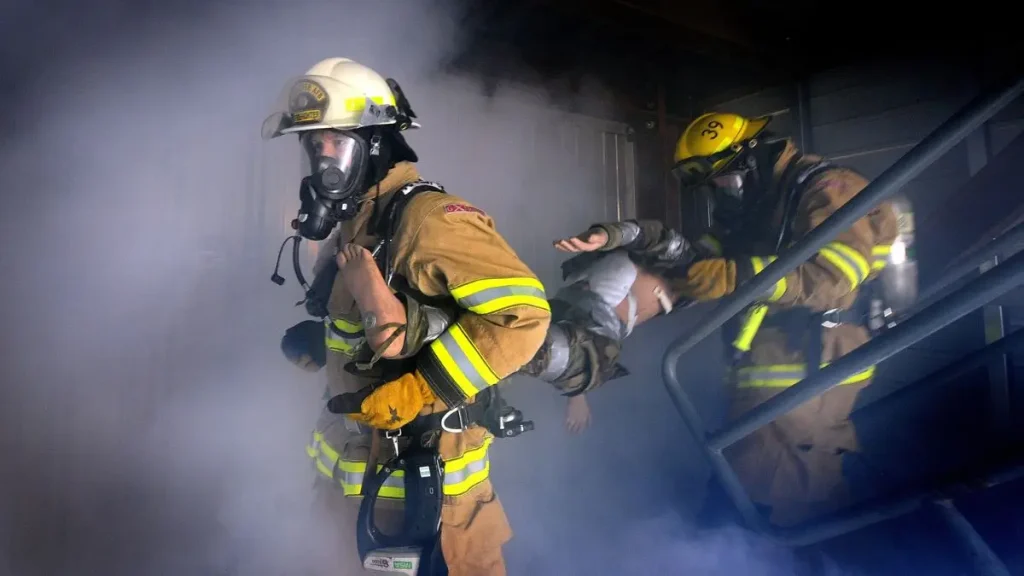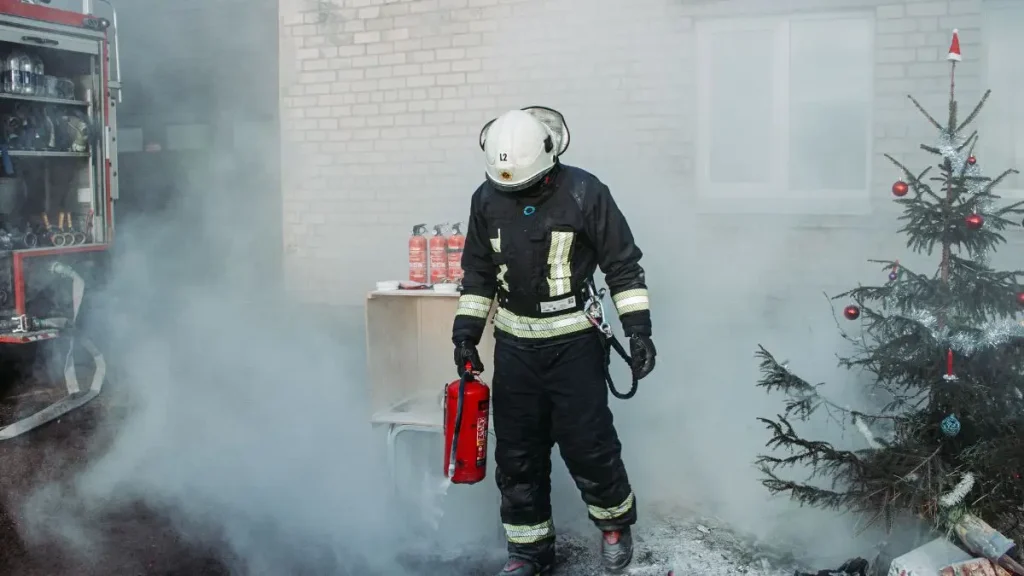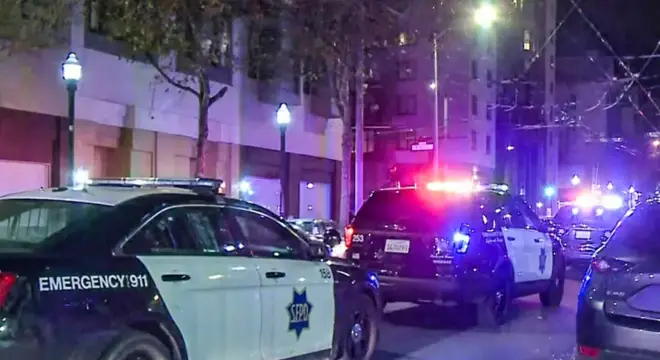Renovation Home in Denver Damaged as Fire Collapses Roof
I still remember reading about it and thinking, “Thank goodness no one was inside.” Early Monday morning, around 5 a.m., firefighters in Denver rushed to a house in the Park Hill neighborhood that was engulfed in flames.
The home, located on the 2600 block of North Birch Street, was under renovation at the time. By the time crews arrived, the fire was already intense enough that the roof eventually gave way.
When you picture a roof collapsing in a raging fire, it’s hard not to feel the sheer force and danger of the moment. The heat was so extreme that firefighters had to focus their efforts inside, carefully containing the blaze without risking anyone’s life.
What struck me most was how quickly the fire escalated in an otherwise quiet neighborhood, showing just how unpredictable these incidents can be.
Firefighting Response

When I read about the Denver Fire Department’s response, I couldn’t help but admire their speed and precision.
According to CBS News, shift commander CJ Haberkorn said the firefighters launched an aggressive interior attack on the blaze, focusing on containing it before it spread further.
The fire was intense, and the roof collapse added another layer of danger. Yet, thanks to their experience and quick thinking, the crew managed to prevent injuries and keep the damage from spreading beyond the home.
Unfortunately, home fires during renovations aren’t uncommon. Similar incidents, like the fire at a Maine home where residents escaped unharmed, show how quickly flames can spread.
Reading about this, I realized how much planning and practice goes into these responses—something most of us take for granted until a fire happens in our own neighborhood.
Unoccupied Home – A Lucky Escape
One of the biggest reliefs from this incident was that the house was empty. Denver7 reports that the home was under renovation, so no one was inside when the fire broke out.
Think about it for a second—if anyone had been inside, the story could have been tragically different. It’s a stark reminder of how timing and circumstances can literally save lives.
For homeowners doing renovations, it’s a moment to pause and reflect on safety precautions, temporary living arrangements, and monitoring during construction.
Investigating the Cause
Right now, the exact cause of the fire is still under investigation. While it might be tempting to guess—maybe faulty wiring, maybe a construction accident—the truth is we don’t know yet.
What we do know is that homes under renovation have unique vulnerabilities: exposed electrical work, flammable materials, and unfinished safety measures can all contribute to the risk.
From a reader’s perspective, this section is important because it shifts the focus from just reporting an incident to understanding why it happened.
If you’re thinking about your own home or renovation project, this is the part that can help you ask the right questions before it’s too late.
Fire Hazards During Renovation

I’ve seen countless renovation projects where safety takes a backseat—temporary wiring dangling, paint cans stacked near heaters, or piles of wood too close to work areas. These may seem minor, but they can become major fire hazards.
During renovations, homes are more vulnerable than most people realize. Exposed wiring, flammable materials, and construction tools can quickly turn into the perfect storm for a fire.
Even with precautions, disasters can happen, as seen in a Houston County home fire that left a family without shelter—reinforcing why regular safety checks are essential.
By understanding these risks, you can plan safety measures like temporary smoke detectors, careful storage of flammable items, and regular checks of electrical work.
Lessons for Homeowners and Contractors
After reading about this incident, I couldn’t stop thinking about what could have been done differently—and what we can do. Safety protocols aren’t just paperwork; they save lives.
For homeowners, that might mean installing temporary alarms or monitoring systems while work is ongoing. For contractors, it’s ensuring that electrical work is inspected and fire extinguishers are on site.
The broader lesson here is simple: renovation projects are exciting, but they come with responsibilities. A little preparation and awareness can prevent a disaster that’s otherwise unpredictable.
For quick tips and alerts on home safety incidents like this one, you can stay updated through our WhatsApp updates—simple, instant, and straight to your phone.
Broader Implications for Denver
Reading about this fire made me think about how quickly Denver’s renovation boom could create new risks. More homes being remodeled means more exposed wiring, flammable materials, and temporary construction setups in neighborhoods.
It’s not just an isolated incident—it’s a reminder that local authorities, contractors, and homeowners all have a role in keeping these projects safe.
Fire safety regulations exist for a reason, but enforcement and awareness matter just as much. Every renovation project is a potential fire hazard if precautions are ignored, and this incident shows how a single mistake—or just bad timing—can escalate quickly.
Community and Recovery Efforts
I’ve always believed that communities show their strength in moments of crisis, and the Park Hill neighborhood is no exception.
Neighbors often check in, share resources, and support rebuilding efforts after incidents like this. While the house was under renovation and no one was hurt, the fire still leaves questions about property safety and future precautions.
Seeing neighbors come together, whether it’s sharing advice, offering temporary tools, or just providing moral support, reminds us that resilience is as much about people as it is about regulations or building codes.
Every neighborhood responds differently, and tragedies like the Allegany County house fire that claimed a life remind us why community support and preparedness are so critical.
Key Takeaways
What stands out to me from this Denver fire is how unpredictable and fast-moving home fires can be—especially in houses undergoing renovations. If you’re renovating your own home, it’s not enough to follow building codes; you need active safety measures: smoke alarms, careful storage of flammable materials, and regular checks of electrical systems.
For contractors and homeowners alike, this fire is a stark lesson: preparation, awareness, and vigilance are the best ways to prevent disaster.
It’s also a reminder to check in with your local fire department, understand neighborhood risks, and think proactively about safety—before a small spark turns into a roof-collapsing blaze.
I want to ask you: If you were renovating your home right now, what safety step would you take first? Share your thoughts or experiences—you never know who might benefit from your insight.
If you’re interested in learning more about how homes are affected by fires and how residents recover, check out our website Build Like New for real-life cases and expert advice.
Disclaimer: The information in this article is based on available news reports and expert insights at the time of writing. It is intended for general informational purposes only and should not replace professional advice. Readers should verify details and consult local authorities for specific safety guidance.


